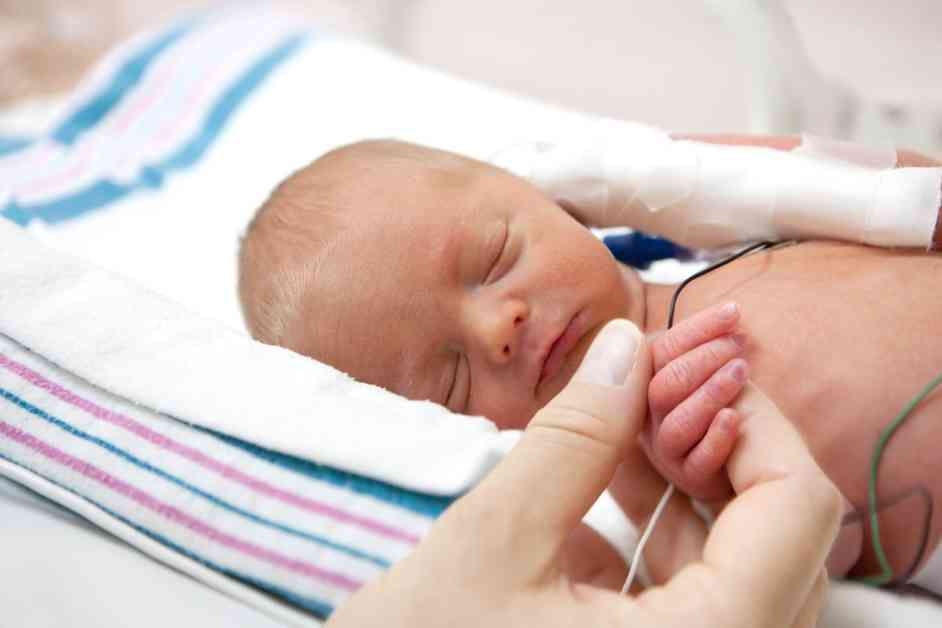Microplastics are everywhere around us, from the food we eat to the air we breathe. A recent study presented at the Society for Maternal-Fetal Medicine meeting has shed light on the potential impact of these tiny particles on premature births. Researchers found that microplastics can accumulate in the human placenta, raising concerns about their effects on reproductive health.
The study, led by Dr. Enrico Barrozo from Baylor College of Medicine and Texas Children’s Hospital, analyzed 175 placentas collected from both full-term and preterm pregnancies. Using advanced mass spectrometry techniques, the researchers identified 12 different types of microplastics and nanoplastics in the placental tissue. Surprisingly, preterm placentas had significantly higher levels of certain plastics, such as polycarbonate (PC), polyvinyl chloride (PVC), and nylon 66 (N66), compared to full-term placentas.
Dr. Barrozo noted that the findings were unexpected, as higher levels of microplastics were detected in placentas from preterm births, regardless of the gestational period. This suggests that microplastics may be accumulating in the placenta early in pregnancy, potentially impacting fetal development.
While the study did not establish a direct causal link between microplastics and premature births, it raised important questions about the role of these pollutants in reproductive health. Dr. Kjersti Aagaard, senior author of the study, emphasized the need for further research to understand the implications of plastic exposure on pregnancy outcomes.
In addition to the recent findings on microplastics and preterm births, another study revealed a concerning connection between parental exposure to phthalates, chemicals commonly found in plastics, and premature births in the U.S. These revelations underscore the urgent need to address the pervasive presence of plastics in our environment and their potential impacts on human health.
Unveiling the Hidden Dangers of Microplastics
Beyond their association with preterm births, microplastics have been linked to a range of health concerns in both humans and animals. Recent research has shown that these tiny particles can accumulate in various tissues, including the brain, testes, blood, and lungs, raising alarms about their potential toxicity. A study involving mice revealed that ingested microplastics could block blood vessels in the brain, highlighting the need for further investigation into the neurological effects of plastic exposure.
While the full extent of the health risks posed by microplastics remains unclear, scientists are urging the public to take steps to reduce their exposure to these ubiquitous pollutants. Simple measures such as avoiding plastic containers for microwaving food, filtering drinking water, and opting for phthalate-free products can help minimize the intake of microplastics. By raising awareness about the dangers of plastic pollution and advocating for sustainable alternatives, we can work towards a healthier, plastic-free future for generations to come.
Empowering Change Through Education and Action
As we navigate the complex landscape of environmental health, it is essential to engage in informed discussions and take collective action to address the challenges posed by microplastics. By supporting research initiatives, advocating for policy changes, and promoting sustainable practices in our daily lives, we can contribute to a cleaner, healthier planet for all. Together, we have the power to shape a future where plastic pollution is no longer a threat to human health and environmental well-being.
In the face of mounting evidence linking microplastics to adverse health outcomes, it is crucial that we prioritize environmental stewardship and promote responsible consumption habits. By staying informed, taking proactive steps to reduce plastic waste, and supporting initiatives that aim to mitigate the impacts of plastic pollution, we can build a more sustainable world for future generations. Let us join hands in the fight against plastic pollution and pave the way for a brighter, cleaner tomorrow.














